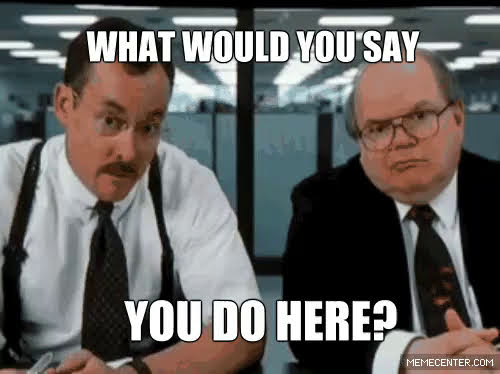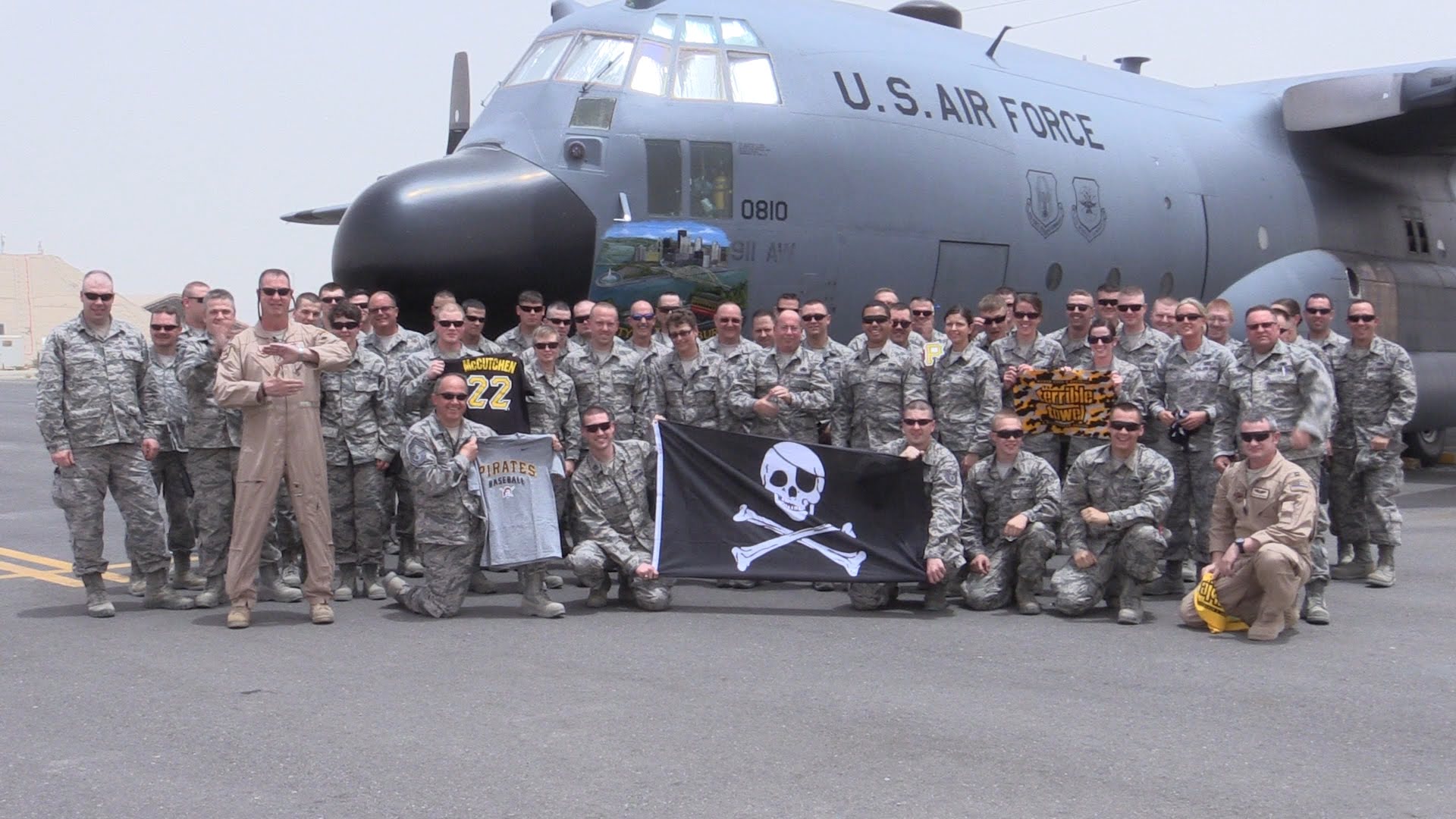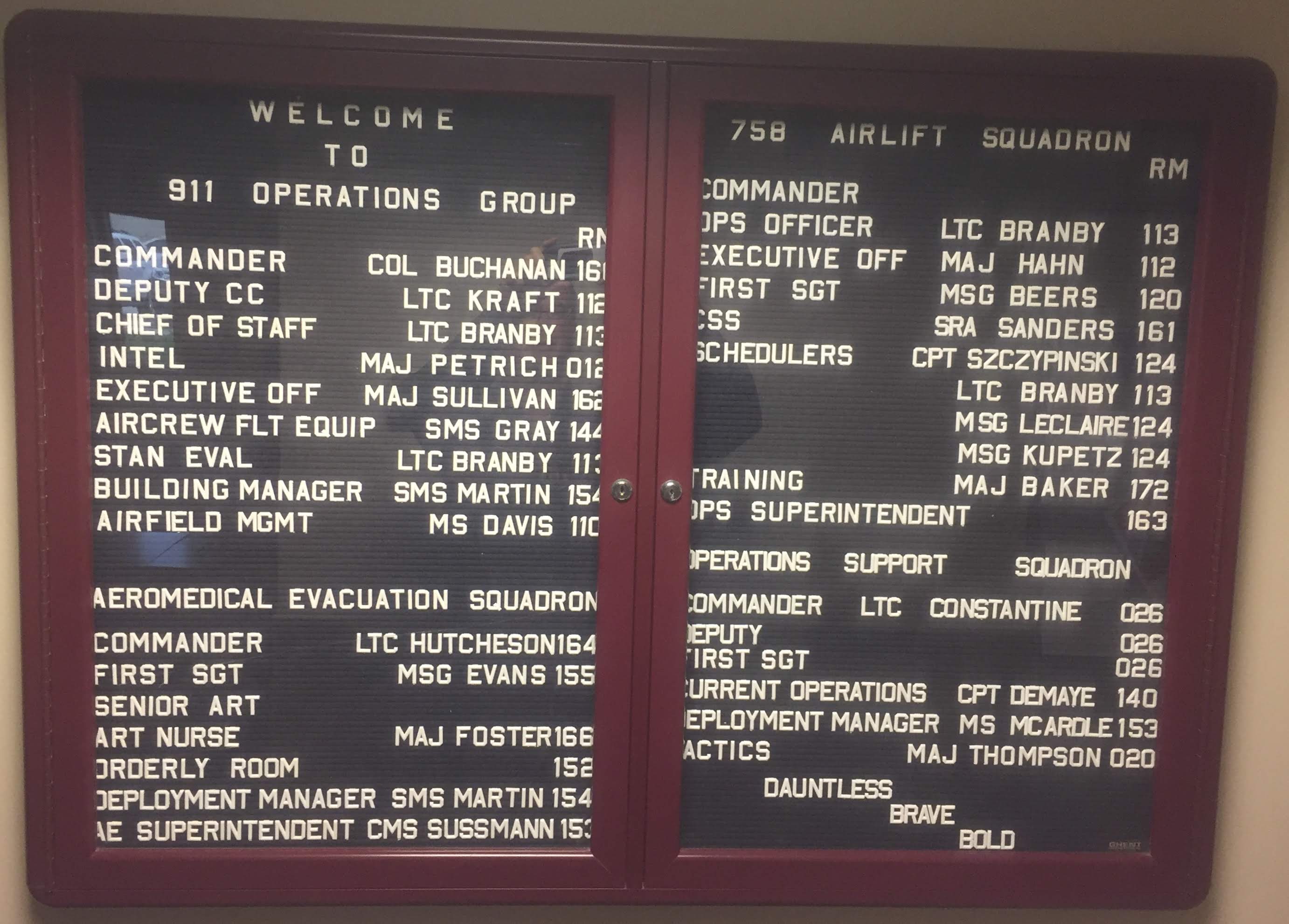
Being in the Air Force for almost 37 years, my roles changed so many times, it’s hard to keep track.
When I first started out, I was assigned to Undergraduate Navigator Training (UNT) at Mather Air Force Base, just outside Sacramento, California. My job was to learn my job: How to navigate an airplane. I then went to Castle Air Force Base, in Merced, CA and learned how to be a Navigator on a specific airplane: the B-52. From there it was on to my first assignment, where my role was to be a Navigator on a B-52 aircrew whose primary mission was to be ready at a moment’s notice to run to the airplane, quickly start engines and take-off before nuclear missiles rained down from the sky, then fly to Russia and make them pay for attacking us by dropping our own nuclear weapons on their heads. We called it “Mutually Assured Destruction.”
I did that for about a year and a half.
When I first started out, I was assigned to Undergraduate Navigator Training (UNT) at Mather Air Force Base, just outside Sacramento, California. My job was to learn my job: How to navigate an airplane. I then went to Castle Air Force Base, in Merced, CA and learned how to be a Navigator on a specific airplane: the B-52. From there it was on to my first assignment, where my role was to be a Navigator on a B-52 aircrew whose primary mission was to be ready at a moment’s notice to run to the airplane, quickly start engines and take-off before nuclear missiles rained down from the sky, then fly to Russia and make them pay for attacking us by dropping our own nuclear weapons on their heads. We called it “Mutually Assured Destruction.”
I did that for about a year and a half.

I then upgraded to Instructor Navigator, where my role was to fly with new Navigators when they first came on base, or guys who had been sick for awhile and lost currency, to get them checked out again. I did that for about 9 months and then went back to Castle AFB to upgrade to Bombardier.
In the Bombardier role, I was back on a crew, only now I was responsible for all the weapons on the plane. And there were a lot of them. At one point we had 12 Air Launched Cruise missiles (ALCM) on the wings that we would launch before we penetrated enemy airspace, 4 gravity weapons, and 8 Short Range Attack missiles (SRAM) on a rotary launcher we would launch at various locations along our track through Russia or China on our way to the gravity targets. I eventually became an Instructor Radar Navigator (Bombardier), and then an Evaluator Radar Nav, charged with ensuring proficiency among the Navigator crew force.
When I got off Active Duty in 1990, and joined the Air Force Reserves in Pittsburgh, I basically did the same thing, only in C-130s. Navigator, Instructor Navigator and eventually Evaluator Navigator, responsible for getting the plane and cargo to it’s destination, either by landing and off-loading it, or airdropping it by parachute.
As time went by, I joined the Staff, and became first a tactician (planning missions), then a scheduler, then the unit Deployment Manager, responsible for ensuring everyone was trained and ready to deploy when activated. Lots of paperwork and follow-ups with individuals and the various organizations on base.
One day, the Wing Commander came and asked me to be on his Inspector General exercise team, so despite many reservations, I spent three years developing and running exercises to make sure our people could do their jobs when called on. There were several large airdrop exercises, and then a huge medical readiness exercise where we used our airplanes to transport “medical casualties” to hospitals around the northeast, called Exercise Lycoming Reach. I think we had almost 900 people in three states (PA, NY & MA) involved.
Because that went so well, I was selected to be the Squadron Commander for my last deployment in 2015. We took 4 airplanes, six crews, and a bunch of maintenance and support staff first to Kuwait, and then to Qatar, and flew missions every day into Iraq and Afghanistan for four months. That was a lot of work, but I really enjoyed it.
In the Bombardier role, I was back on a crew, only now I was responsible for all the weapons on the plane. And there were a lot of them. At one point we had 12 Air Launched Cruise missiles (ALCM) on the wings that we would launch before we penetrated enemy airspace, 4 gravity weapons, and 8 Short Range Attack missiles (SRAM) on a rotary launcher we would launch at various locations along our track through Russia or China on our way to the gravity targets. I eventually became an Instructor Radar Navigator (Bombardier), and then an Evaluator Radar Nav, charged with ensuring proficiency among the Navigator crew force.
When I got off Active Duty in 1990, and joined the Air Force Reserves in Pittsburgh, I basically did the same thing, only in C-130s. Navigator, Instructor Navigator and eventually Evaluator Navigator, responsible for getting the plane and cargo to it’s destination, either by landing and off-loading it, or airdropping it by parachute.
As time went by, I joined the Staff, and became first a tactician (planning missions), then a scheduler, then the unit Deployment Manager, responsible for ensuring everyone was trained and ready to deploy when activated. Lots of paperwork and follow-ups with individuals and the various organizations on base.
One day, the Wing Commander came and asked me to be on his Inspector General exercise team, so despite many reservations, I spent three years developing and running exercises to make sure our people could do their jobs when called on. There were several large airdrop exercises, and then a huge medical readiness exercise where we used our airplanes to transport “medical casualties” to hospitals around the northeast, called Exercise Lycoming Reach. I think we had almost 900 people in three states (PA, NY & MA) involved.
Because that went so well, I was selected to be the Squadron Commander for my last deployment in 2015. We took 4 airplanes, six crews, and a bunch of maintenance and support staff first to Kuwait, and then to Qatar, and flew missions every day into Iraq and Afghanistan for four months. That was a lot of work, but I really enjoyed it.

When I came home, I was moved into the Standard/Evaluation section (Quality Control for aircrew proficiency), then became the Squadron Director of Flying Operations for about 18 months. I then took over as the Operations Group Commander for about 3 months while the guy who was the real Ops group Commander went to school to never really learn how to fly the C-17. About a month before he came back, I switched over to the C-17 Program Office to run the transition of the base from C-130s to C-17s. I had a team of 5 subject matter experts from all over the base - Communications, logistics, Operations, Maintenance, and Civil Engineering; and we basically solved problems as they came up to keep things running smoothly. It was a lot of fun - I basically pointed them all in various directions and kept things on track. I did that until I retired, then switched over to doing the exact same job as a civilian, waiting for the Simulator to arrive, so I could become the Contract Officer’s Representative, overseeing the Boeing simulator Training contract on our base.

It was a very interesting career and I was able to learn a lot about the Air Force, contracting, engineering, human resources, support agencies, leadership and followership. I was not always eager to change jobs, but once I did, I always found it a great experience; I met fascinating people and enjoyed every new challenge. It was very rewarding.
No comments:
Post a Comment